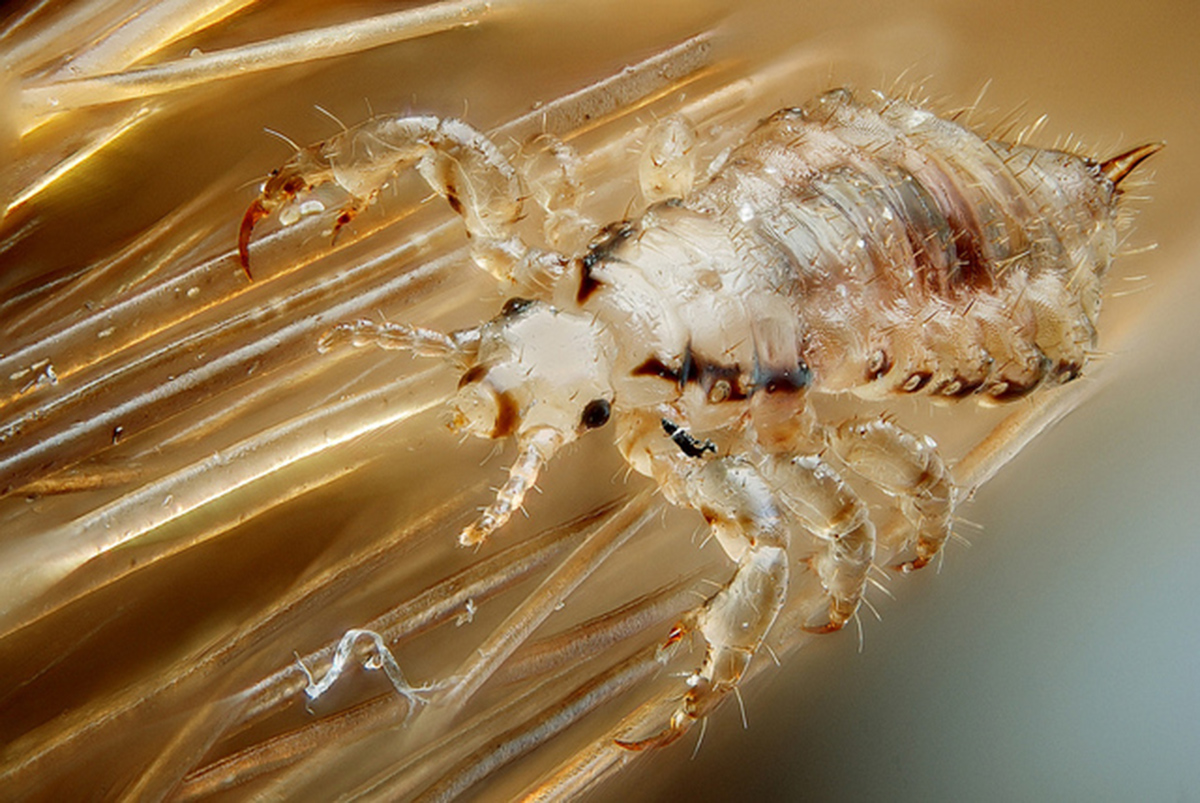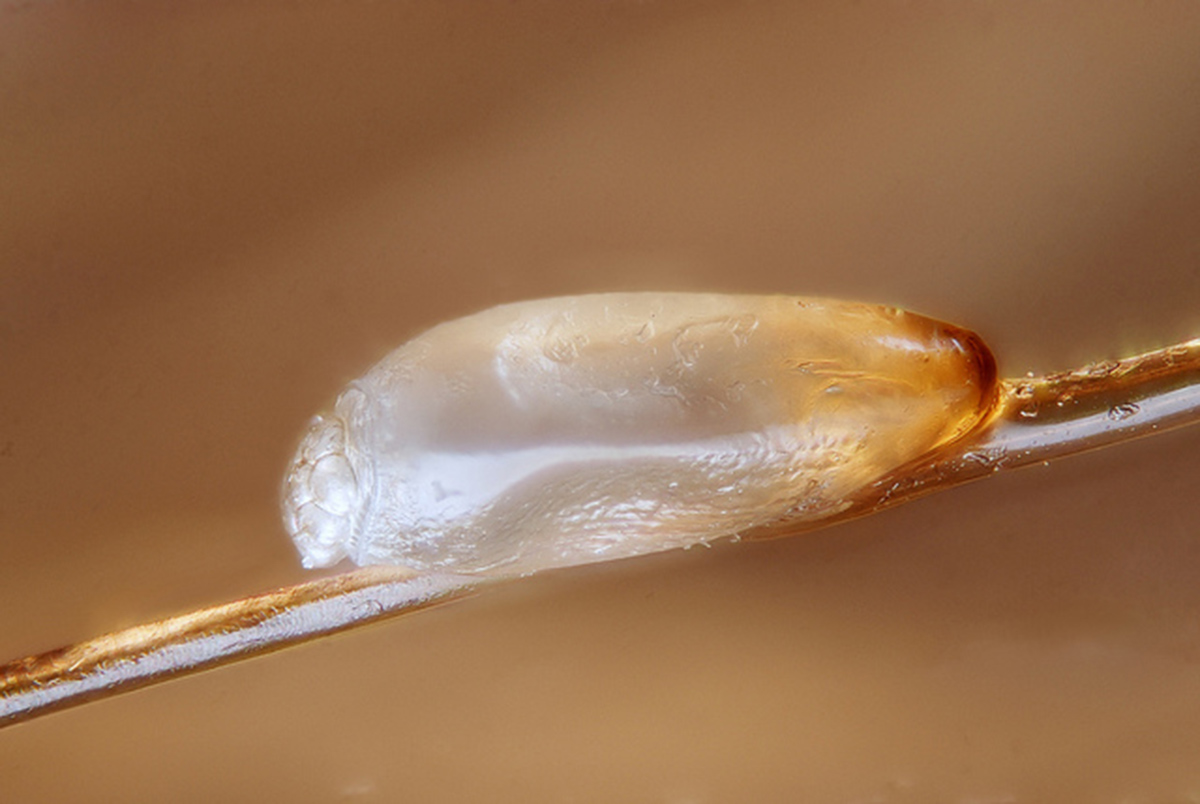Chances are that "nitpicker" isn't a career possibility you explored with your high school guidance counselor. Removing lice the old-fashioned way, by combing them out of the hair, has nonetheless become a growth industry in the United States as a problem that used to be short-term and rare has become chronic and common.
As shampoos stop working and schools allow lice-infested students to attend classes rather than requiring them to stay at home, more and more children and teens--the American Pediculosis Association estimates 12 million children every year--are coming down with infestations of the creepy crawly insects. One famous nitpicker, Lauren Salzberg, also known as The Potomac Lice Lady, sees clients in her office in her stately suburban Washington, D.C., from as far away as Atlanta, and professionals like her are popping up all over the United States. When some people come in to see professional nitpickers, they are panicked. Most of them are itchy.

What Are Lice, and What Is Lice Infestation?
How Common are Head Lice? And Who Gets Them?
- Up to 4 percent of children in schools in Mali.
- Up to 8 percent of children in schools in Saudi Arabia.
- Up to 9 percent of children in schools in Belgium.
- Up to 31 percent of students of schools in the UK.
- Up to 59 percent of students in schools in Turkey, and
- Up to 61 percent of students in schools in the United States, where no-nit policies result in 24,000,000 absences from school every year.
What You Can Do About Lice
How Do Lice Spread from Person to Person?

- Head lice most often spread by direct contact or by air flow. Among small children (especially in damp, overheated classrooms) they spread from child to child by skin-to-skin contact. They can also be spread by sharing hats, caps, combs, scarves, pullovers, coats, or bedding. Lice can be spread from person to person while blow drying hair. Head lice can also crawl from place to place at a rate of about 2/3 of a foot (22 to 24 cm) a minute, although they have trouble attaching their feet to leather, plastic, or other smooth surfaces. Head lice are most common during warm, humid weather, and among children aged 3 to 13.
- Body lice are spread by direct skin to skin contact or by sharing clothing, towels, or bedding. Body lice are most common during cold weather, and among homeless people.
- Pubic lice are spread during sexual intercourse, and in shared bedding. Children who have pubic lice have not necessarily been sexually molested. They can contract the lice by sleeping in their parents' bed. Pubic lice are most common among adults who have multiple sex partners.
What to Do Next When You Have Head Lice
- The first step in controlling head lice is to kill as many as you can. This means putting all recently worn clothes in the washer and then drying them in a clothes dryer for at least 45 minutes. Washing, soaking, or drying items at a temperature greater than 130°F (55°C) can kill both head lice and nits. Items that can't be heated in the drier should be wrapped in plastic for at least 48 hours. This starves the lice in upholstery and non-washable clothing. Dry cleaning also kills lice.
- The second step in controlling head lice is to remove as many as possible from infested skin by combing them out. Manual removal is always necessary to get rid of lice for good. Comb the hair with a fine-toothed comb, emptying the comb after each pass of the hair onto white paper or plastic that you later throw away. Shake the comb clean before making another pass through the hair, removing lice each time. Then discard the paper or plastic and the lice into the trash. Don't leave it out, allowing the lice to escape.
- Repeat the process every day for 7 to 10 days. Use anti-lice shampoos every day, but don't rely on shampoo or ointments to do all the work.
- Be aware that alcohol-based shampoos (Ulesfia) dry out the scalp if they are used every day. If the scalp is not thoroughly rinsed after using the shampoo, itch and irritation can actually get worse. Malathion-based shampoos (Ovide) are inherently toxic to humans as well as to lice, although they do get rid of the infection. A better option is a non-toxic silicone shampoo called dimethicone, available in Europe and Canada but not in the United States.
- Araujo A, Ferreira LF, Guidon N, et al. Ten thousand years of head lice infection. Parasitol Today. 2000 Jul. 16(7):269.
- Walsh J, Nicholson A. Head lice in children--a modern pandemic. Ir Med J. 2005 May. 98(5):156-7.
- Photo courtesy of Gilles San Martin: https://www.flickr.com/photos/sanmartin/4900275659/ and https://www.flickr.com/photos/sanmartin/4900274585/


Your thoughts on this